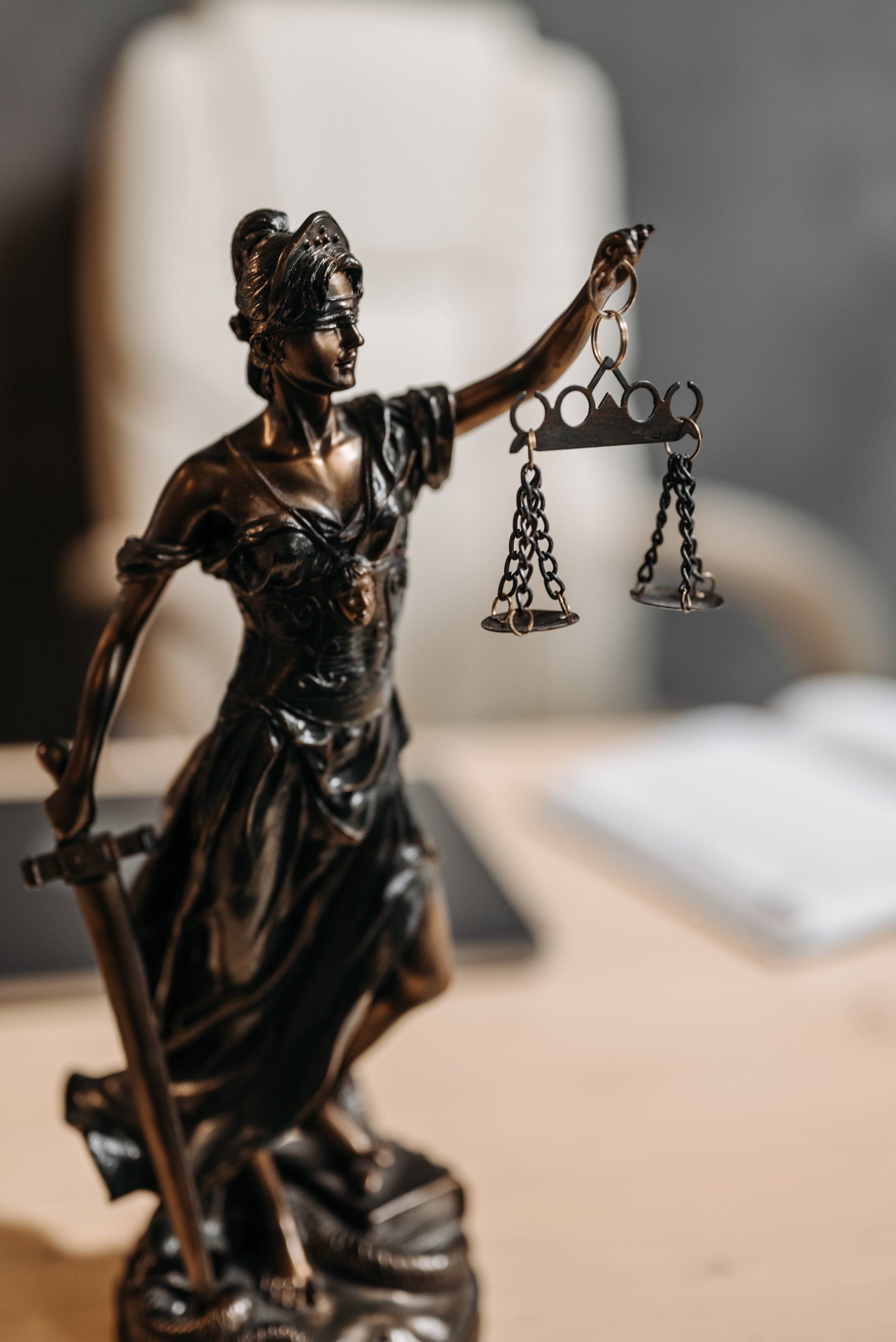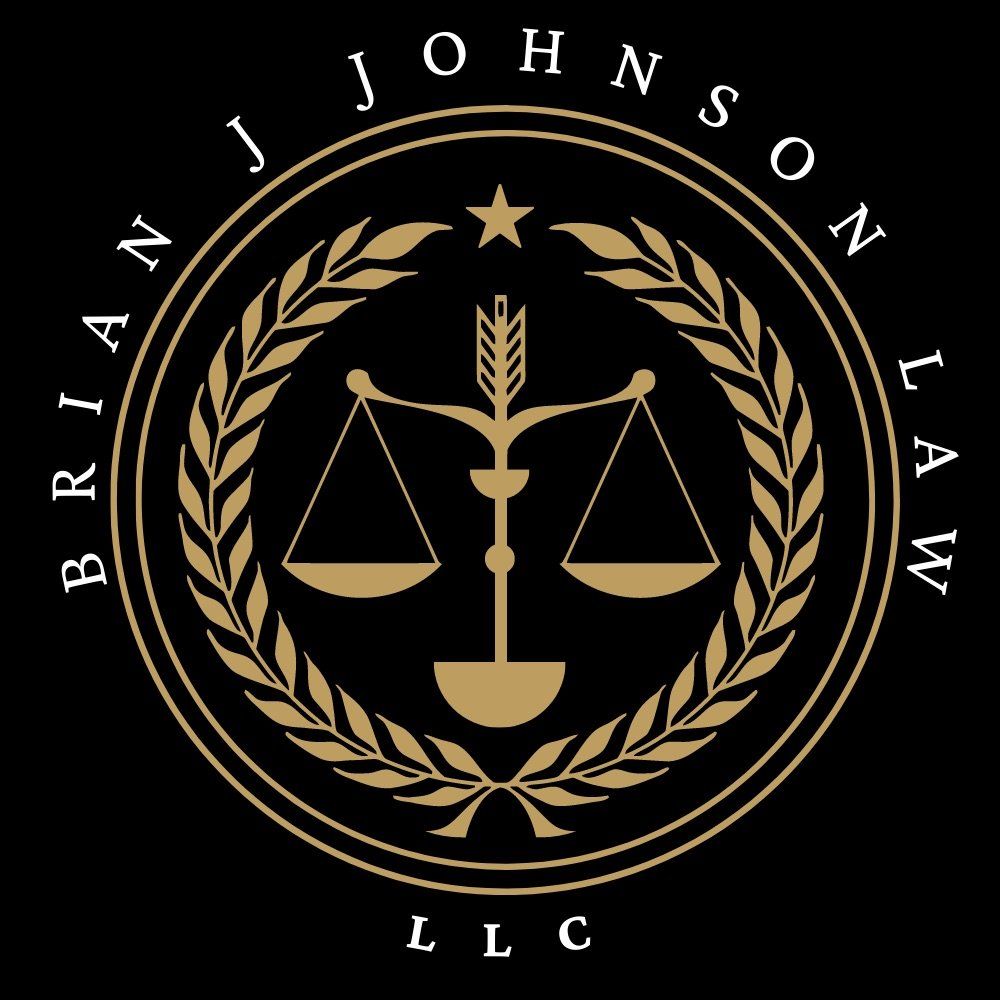An Overview of the Criminal Process in Indiana*

At the state level in Indiana, the process of charging a person with a crime typically begins in one of two ways. First, if a law enforcement officer has probable cause to believe a person has committed a felony or battery, or the person has committed a misdemeanor in the officer’s presence, he may arrest that person without an arrest warrant (sometimes referred to as an outright arrest). The officer then typically prepares a probable cause affidavit and charging information that is then reviewed by the prosecutor. If the prosecutor decides to file the charges, then the probable cause affidavit and charging information are filed with the court, and eventually review by the judge to determine whether probable cause exists to hold the defendant in jail or on bond. If the judge determines that there is no probable cause, it does not mean that the case cannot go forward, but it does mean that the defendant cannot be held in jail while the case is pending.
The second way a person may be charged with a crime occurs where the probable cause affidavit and charges are filed with the court prior to the defendant being arrested. Again, the judge reviews the probable cause affidavit, and depending on the nature of the charges and whether the judge has found probable cause, the judge will either issue an arrest warrant or a summons for the defendant to appear for an initial hearing.
A third way that an individual may be charged with a crime is by way of an indictment issued by a grand jury. Without going into detail, the grand jury procedure typically involves a prosecutor identifying a “target” and identifying the crimes the target is alleged to have committed. Evidence is presented to the grand jury, and if it believes sufficient evidence has been presented to go forward with prosecution of the target, the grand jury may return a “true bill” on the indictment. Although prevalent in some jurisdictions, the indictment procedure is rarely used in Indiana.
Regardless of which manner in which charges are initiated, most counties employ some type of standard bond schedule that determines what the bond will be for a particular charge. However, the judge may increase or lower the bond for a particular defendant as he sees fit, regardless of the bond schedule.
The next step in the process is the initial hearing, at which the defendant is read the charges that he is accused of, advised of his constitutional rights, and informed of the maximum and minimum penalties that he is facing. In addition, the judge may reduce or increase the bond at the initial hearing. This hearing usually occurs the first business day after the defendant is arrested if he has not already been released or bonded out of jail. If the Defendant has bonded out of jail, the court will usually set the matter for an initial hearing on another day, and the jail or bondsman should have notified the defendant of this date. In certain instances, it may be possible to waive the initial hearing, meaning that the defendant would not have to appear at the initial hearing.
Next, the court will set a number of dates. If the defendant is charged with nothing higher than a misdemeanor, the court will usually set the case for a bench trial, which is a trial before the judge only, instead of a jury. Some courts, instead of setting a misdemeanor for bench trial will instead set it for a pre-trial conference, which is a hearing where the status of the case is discussed. In the case of a misdemeanor, the case is only set for a jury trial upon the written request of the defendant or his attorney, and if this request is not made in a timely fashion, then the right to a jury trial is waived.
If the defendant is charged with a felony or has requested a jury trial on a misdemeanor, the matter will automatically be set for a jury trial. In the case of misdemeanors and Level 6 felonies, it would be a six-person jury; in all other cases, the jury would be comprised of twelve people. Also, when a case is set for jury trial, the court will also set the matter for a pre-trial conference usually one or two weeks, or months prior to the scheduled trial date, again to determine the status of the case.
With both misdemeanors and felonies, the court must set an omnibus date. This is the date from which certain statutory deadlines are measured. For example, in the case of a misdemeanor, any request for a jury trial must be made no later than ten days prior to the omnibus date. In the case of misdemeanors, the first bench trial date is typically the same as the omnibus date. With felonies, the omnibus date may or may not be on the dame date as the first pre-trial.
Typically, while the case is pending, both the State and the defense engage in what is known as discovery. Discovery is the process of each side disclosing the identity of the witnesses and evidence it intends to use. In Indiana, discovery is reciprocal, meaning that the defense is obligated to disclose its evidence to the State, just as the State is required to disclose its evidence to the Defense. If either side fails to disclose its witnesses and evidence in a timely fashion (typically by the omnibus date), the evidence may be excluded, meaning it cannot be used at all.
In addition to disclosing the identity of witnesses, both side have the opportunity to take the deposition of the other sides witnesses. In a deposition, both attorneys ask the witness questions under oath, and the questions and answers are recorded and transcribed by a court reporter. Depositions allow both sides to anticipate the testimony of witnesses in advance of trial, as well as allowing both sides to assess the witnesses’ credibility and the relative strengths and weaknesses of the case.
In addition to discovery, both sides may engage in plea negotiations, which may ultimately result in a plea bargain. The terms of the plea are determined after an evaluation of the particular facts of a case, including any prior criminal history a defendant may have. In addition, the sentencing tendencies of the judge are taken into account.
The advantages of a plea agreement are that the terms of the plea are typically fixed (except in the case of an open plea); you know exactly what you are going to get, because if the judge accepts the plea agreement, the judge is bound by the plea terms, which are almost always less than what the judge would impose if the matter of sentencing was entirely at his discretion. The rationale is by admitting guilt and saving the State of Indiana the time and expense of a trial, you are entitled to the benefit of a sentence that is less than you would receive if you were found guilty after a trial. The other side of this coin is that if you go to trial and are found guilty, the sentence you would receive will almost certainly be greater than what you would receive with a guilty plea.
In the case of an open plea, a Defendant may plead guilty to some or all of the counts with which he is charged, with some or all of the terms of punishment left to the discretion of the judge. One example of a situation where this might occur is where the State is unwilling to offer a plea that the Defendant deems acceptable, and the Defendant feels me might fare better arguing his case to the judge. For example, in a particular case, the prosecutor may feel that the Defendant deserves a year in jail, while the Defendant believes that a sentence with no jail time is appropriate. Sometimes the prosecutor may allow the Defendant to argue his case to the judge, to essentially “throw himself on the mercy of the court.” The advantage is that the Defendant may in fact fair better with the judge than accepting the prosecutor’s plea; on the other hand, he may fare worse, so turning down a plea where the terms are fixed in exchange for an open plea always necessarily involves some risk.
In certain circumstances, it may be necessary to continue the court dates, which means to postpone the dates to a later times. While there is no fixed limit on the number of continuances either side may receive, courts generally do not like to continue cases, and depending on how old the case is, or whether the other side objects to the continuance, the court may deny a continuance, occasionally even the first time one that is requested.
On some occasions, the police may have obtained evidence in a legally improper fashion. In such instances, it may be necessary to file a motion to suppress evidence. When a motion to suppress is filed, the court sets the matter for a hearing, both sides present evidence limited to the issue of whether the evidence was improperly obtained, and argue their case to the judge. If the judge agrees that the evidence was improperly obtained, the evidence will be excluded, which may effectively prevent the State from moving forward with its case.
If both sides are unable to reach a plea agreement, the matter will eventually be tried. Many times, the court may schedule several cases for trial on the same day. When the court does this, it will typically assign each case a choice setting. The first choice case is first in line to be tried; second choice is next, etc. The court does this because many cases are resolved short of trial at the last second. When this happens, the cases move up in their choice setting, so while a case may be sixth choice on the day of pre-trial, it may become first choice by the time of the trial date. If the case does not become first choice, it is then bumped, meaning it is given a new trial date.
If a defendant is convicted, whether after trial or plea of guilty, there are a number of things that may happen. The defendant may receive an executed sentence, meaning that the sentence imposed is to be served in jail or the department of corrections. The defendant may receive a suspended sentence, meaning the sentence is not immediately imposed, but is instead withheld provided that the defendant successfully completes the terms of probation. Finally, the court may order that a portion of the sentence be executed, followed by probation and a suspended sentence. In addition, the court may find that all or a portion of a sentence be served on work release, home detention, or on a community corrections program.
When a defendant is on probation, he surrenders certain rights that he would otherwise have if he were not convicted of an offense, the rationale being that these rights are surrendered in lieu of the alternative of jail. Probation will restrict a defendant’s behavior, and impose certain conditions, such as not consuming alcohol, or attending counseling. If a defendant fails to comply with the terms of probation, the defendant’s probation officer will file a petition to revoke probation, and a warrant may be issued for the defendant’s arrest. In addition, if a defendant is arrested on a probation violation, he may be held in jail without bond until the date of the evidentiary hearing (also called an expedited plea hearing in some courts). At the evidentiary or expedited plea hearing, the defendant may either admit to the allegations in the petition to revoke probation, or contest the allegation. Much like the underlying offense, it may be possible to work out a plea with the prosecutor and probation officer to a lesser punishment, although some judges do not consider themselves bound by any such agreement. In addition, the State’s burden of proof is only by a preponderance of the evidence with a probation violation, as opposed to beyond a reasonable doubt, and unlike a new criminal charge, the Defendant is not entitled to a jury trial on a probation violation.
If the court finds the allegations contained in the petition to revoke to be true, the court will find a true bill and sentence the defendant. The sentence imposed by the court upon a true bill may range from no punishment at all to imposition of the entire suspended sentence (sometimes contingent, however, upon any agreements worked out between the defendant and the State).
Finally, in some limited circumstances, a Defendant may be able to challenge his conviction and/or sentence through an appeal or post-conviction relief (or “PCR”) petition. In appeal, the defendant alleges that the court committed an error, typically such as improperly admitting or excluding evidence, or sentencing the defendant excessively. In appeal, the defendant is limited to only the evidence contained in the record of proceedings themselves; no additional evidence or exhibits will be considered. The parties brief the issues for the Indiana Court of Appeals and/or the Indiana Supreme Court. In rare situations, in may be appropriate to appeal to the United States Supreme Court.
In situations such as where there may be newly discovered evidence, the appropriate mechanism is a petition for post-conviction relief, where the trial court may hear additional evidence that wasn’t presented or available during the trial or guilty plea.
Practically speaking, the courts do not like to reverse or overturn convictions, and thus appeals and post-conviction relief petitions are rarely successful. Even when they are successful, in most instances the State can still retry the case.
* This article is only a general summary of how the criminal process works in Indiana, and does not cover every conceivable situation, nor is it intended as legal advice. Every case and court is different, and it is important to consult with a qualified attorney about the particulars of your specific case.
© 2005 Brian J. Johnson

